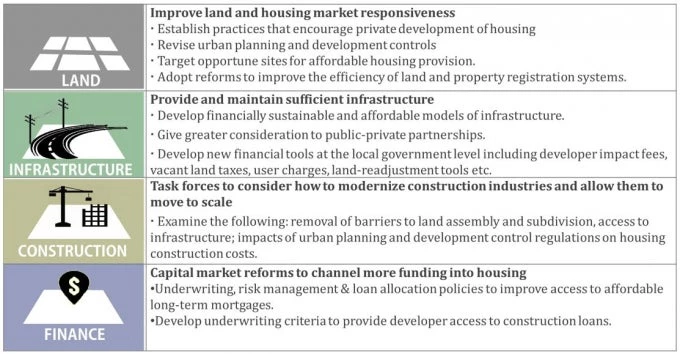
Sangmoo Kim/World Bank
In Dhaka, the capital city of Bangladesh, you cannot miss the slum neighborhoods. More than 5,000 slum communities, accounting for 40 percent of the population, are spread across the city, often located right next to luxury penthouses, hotels, and high-rise office buildings. Most slum dwellers are limited to low-quality housing in precarious areas, often prone to flooding. The limited access to adequate shelter is an important factor that – according to the Economist Intelligence Unit’s 2015 livability rankings – makes Dhaka one of the least livable cities in the world. These communities are among the most neglected in the city in terms of urban policy, planning, and development, although the people who live in the slums make up the lion’s share of the work force, which drives the city’s economy, contributing significantly to the garment and leather industries, construction, waste management, and many other informal sectors.
Living in slums puts enormous social, economic, and financial burdens on households, and it can lead to intergenerational poverty. Many argue that slum dwellers are caught in a poverty trap—that living in slums makes it harder for households to escape poverty. Several slum-related factors contribute to the perpetuation of poverty, including poor health outcomes; an inability to access finance or leverage property assets; and lack of access to basic services. The existence of slums is a symptom of a shortage of affordable housing, the provision of which can be viewed as a valuable goal in its own right and as a critical ingredient in addressing the broader challenges of poverty.

“Leveraging Urbanization in South Asia: Managing Spatial Transformation for Prosperity and Livability.”
Urban slums and informal settlements in South Asia house not only the poor; they are also home to a vast number of people who are well off by local standards. Between 7 and 30 percent of urban residents live below the official national poverty line. In each South Asian country, the share of the urban population that lives in slums is significantly higher. The implication is that factors beyond poverty—such as poorly performing urban land and housing markets, inadequate infrastructure, and lack of housing finance—are important contributory factors in the formation and expansion of slums and informal settlements.

- Improvements to urban planning, development controls, and the efficiency of land markets (including informal markets).
- The provision and maintenance of sufficient infrastructure to meet anticipated urban growth.
- The residential construction industry produces affordable housing for all households.
- Capital markets channel more funding into housing construction and mortgage finance


Join the Conversation